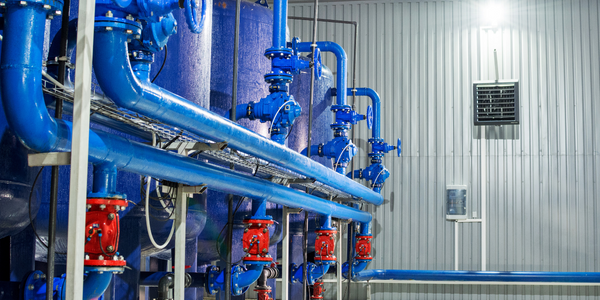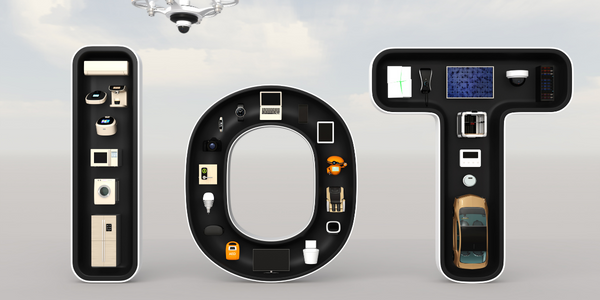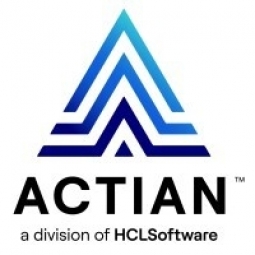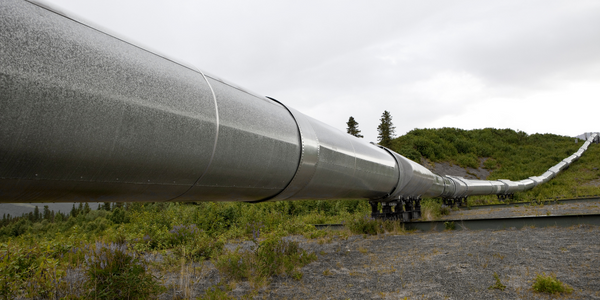Technology Category
- Sensors - Gas Sensors
- Sensors - Utility Meters
Applicable Industries
- Equipment & Machinery
- Oil & Gas
Applicable Functions
- Procurement
- Sales & Marketing
Use Cases
- Personnel Tracking & Monitoring
- Time Sensitive Networking
Services
- System Integration
About The Customer
Superior Energy Services is a Houston, Texas-based company that serves the drilling, completion, and production-related needs of oil and gas companies worldwide. The company has a diversified portfolio of specialized oilfield services and equipment used throughout the economic lifecycle of oil and gas wells. Energy producers around the world rely on Superior Energy Services for the services, tools, equipment, and exceptionally trained personnel needed to develop and produce oil and gas products. The company has grown by acquiring hundreds of smaller firms, each operating autonomously with their own unique ERP systems, resulting in a decentralized IT infrastructure with over 100 different product and service lines.
The Challenge
Superior Energy Services, a Houston-based company serving the drilling, completion, and production-related needs of oil and gas companies worldwide, faced a significant challenge in improving its working capital by reducing days sales outstanding (DSO). The company had grown by acquiring hundreds of smaller firms, each operating autonomously with their own unique ERP systems. This resulted in a decentralized IT infrastructure with over 100 different product and service lines. The lack of a unified system led to inefficiencies, particularly in invoicing. Individual units within Superior were invoicing the same customers independently, which was both inefficient and time-consuming. This fragmented approach also increased the overall number of days it took for Superior to collect payment for its services, negatively impacting the DSO key performance indicator (KPI). The challenge was to streamline this process without imposing a centralized system or specific mandates on the individual units.
The Solution
Superior Energy Services opted for a solution that encouraged the different back offices to standardize certain procurement and invoicing processes. The company adopted the Actian Business Xchange (BX) platform, a fully managed, cloud-based data exchange service for both buyers and suppliers. The platform allows different groups within Superior to exchange and translate invoices, purchase orders, shipping notices, and other documents with its customers without regard for specific document formats or requirements. A business unit within Superior can send an invoice to Actian BX, which validates, converts, and delivers that invoice in a format that is compatible with the customer’s invoicing system. The B2B integration service available through Actian BX is flexible enough to support any ERP system in use within Superior, as well as any ERP system a customer is using to ingest and process invoices. Actian itself provides an onboarding service that quickly sets up new organizations within Superior as well as any customers that agree to receive Superior invoices through Actian BX.
Operational Impact
Quantitative Benefit

Case Study missing?
Start adding your own!
Register with your work email and create a new case study profile for your business.
Related Case Studies.

Case Study
Smart Water Filtration Systems
Before working with Ayla Networks, Ozner was already using cloud connectivity to identify and solve water-filtration system malfunctions as well as to monitor filter cartridges for replacements.But, in June 2015, Ozner executives talked with Ayla about how the company might further improve its water systems with IoT technology. They liked what they heard from Ayla, but the executives needed to be sure that Ayla’s Agile IoT Platform provided the security and reliability Ozner required.

Case Study
IoT enabled Fleet Management with MindSphere
In view of growing competition, Gämmerler had a strong need to remain competitive via process optimization, reliability and gentle handling of printed products, even at highest press speeds. In addition, a digitalization initiative also included developing a key differentiation via data-driven services offers.

Case Study
Taking Oil and Gas Exploration to the Next Level
DownUnder GeoSolutions (DUG) wanted to increase computing performance by 5 to 10 times to improve seismic processing. The solution must build on current architecture software investments without sacrificing existing software and scale computing without scaling IT infrastructure costs.

Case Study
Predictive Maintenance for Industrial Chillers
For global leaders in the industrial chiller manufacturing, reliability of the entire production process is of the utmost importance. Chillers are refrigeration systems that produce ice water to provide cooling for a process or industrial application. One of those leaders sought a way to respond to asset performance issues, even before they occur. The intelligence to guarantee maximum reliability of cooling devices is embedded (pre-alarming). A pre-alarming phase means that the cooling device still works, but symptoms may appear, telling manufacturers that a failure is likely to occur in the near future. Chillers who are not internet connected at that moment, provide little insight in this pre-alarming phase.

Case Study
Premium Appliance Producer Innovates with Internet of Everything
Sub-Zero faced the largest product launch in the company’s history:It wanted to launch 60 new products as scheduled while simultaneously opening a new “greenfield” production facility, yet still adhering to stringent quality requirements and manage issues from new supply-chain partners. A the same time, it wanted to increase staff productivity time and collaboration while reducing travel and costs.








